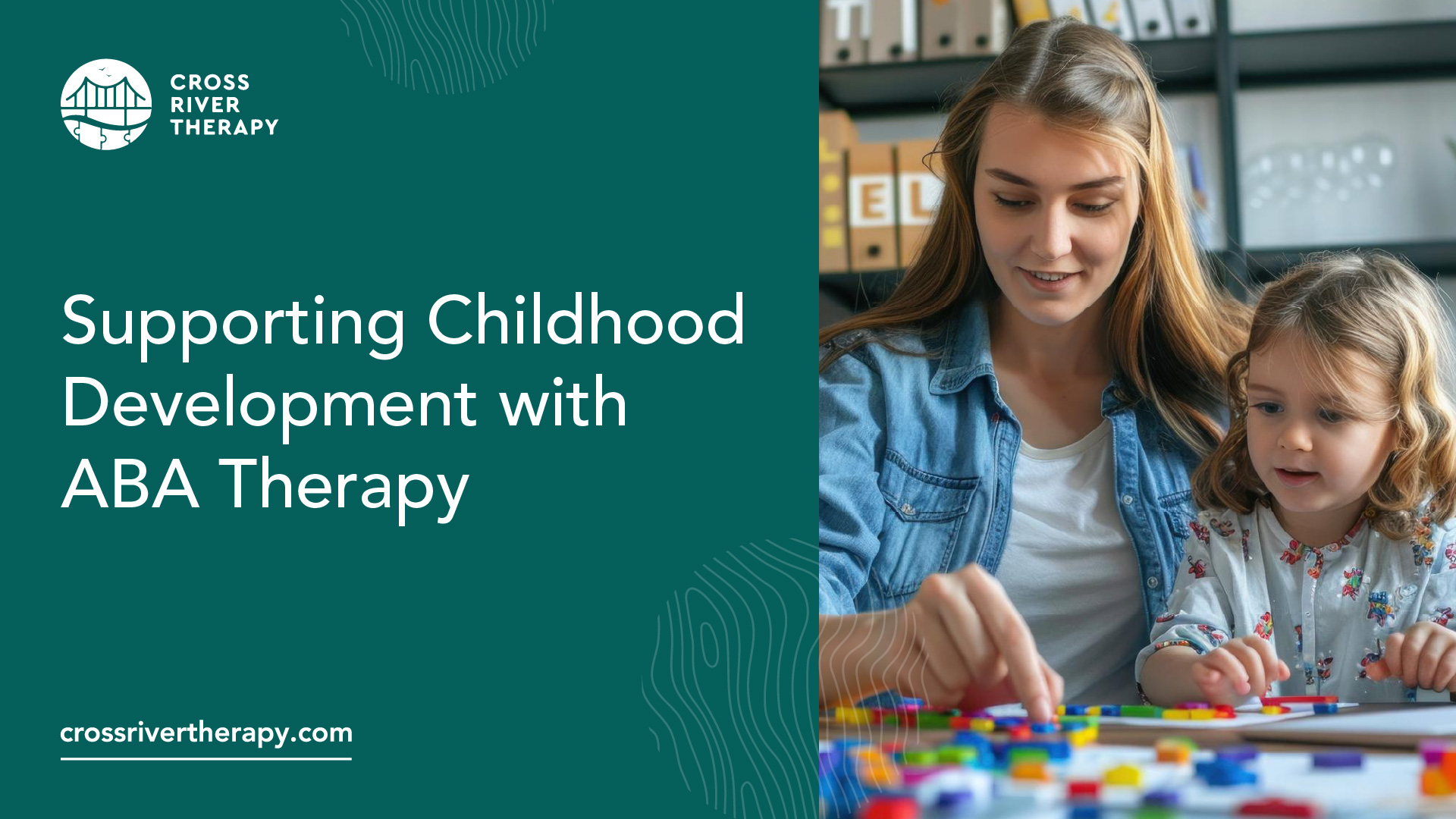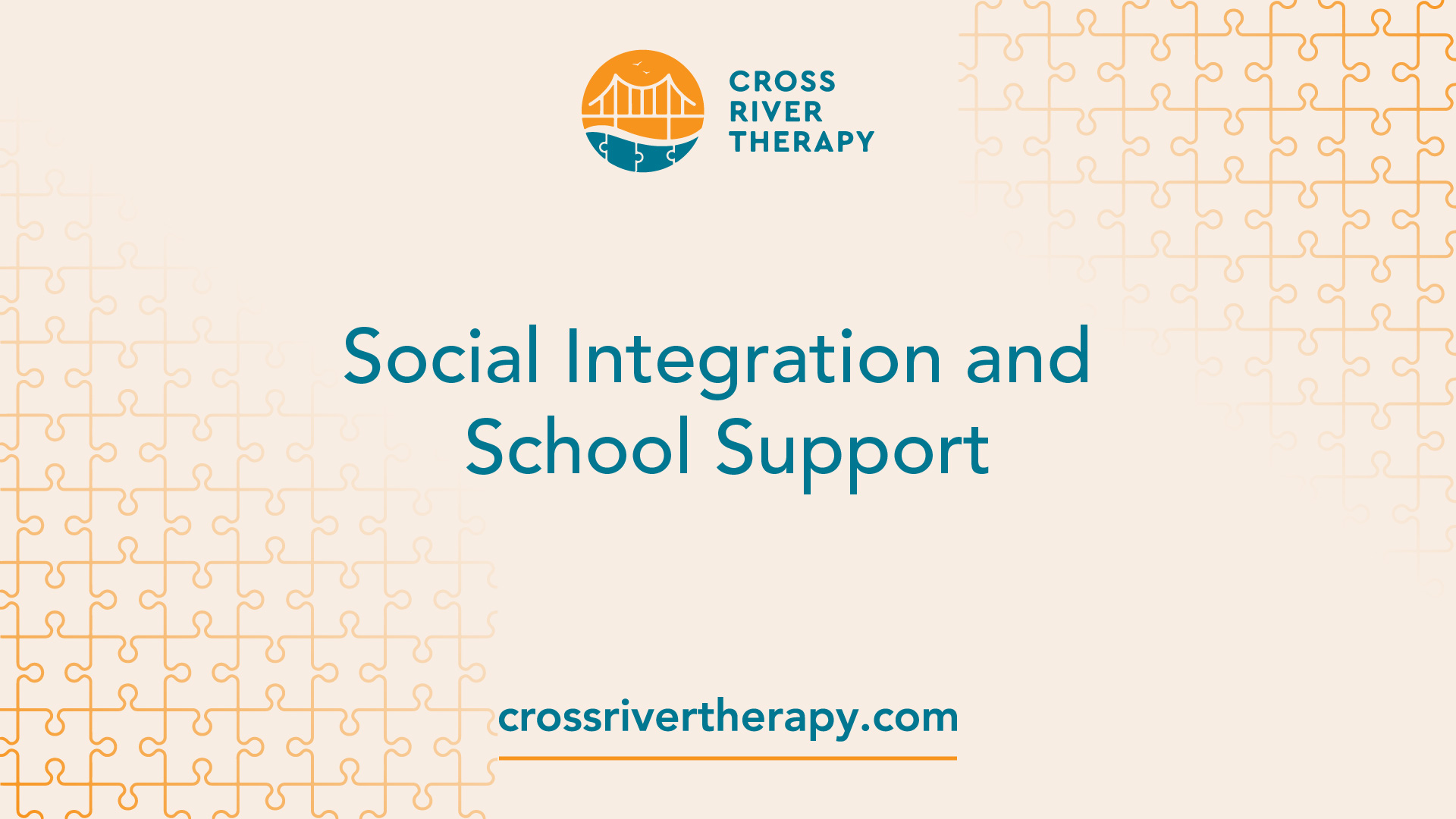Supporting Childhood Development with ABA Therapy
Discover how ABA therapy for childhood development supports kids with autism in learning and life skills!
ABA Therapy Explained
Understanding how ABA therapy works can be incredibly beneficial for parents of children on the autism spectrum. This therapy focuses on individualized strategies to support each child's unique developmental needs.

Understanding ABA Therapy
Applied Behavior Analysis (ABA) therapy is a scientifically validated approach that enhances learning and behavioral development in children with autism. It provides personalized plans tailored to the individual needs of each child. Therapists conduct assessments to identify specific challenges and set unique goals based on these findings.
In ABA therapy, professionals emphasize positive reinforcement techniques to encourage desired behaviors and discourage undesired ones. This method is flexible; as the child progresses, therapists continuously assess and modify the therapy plan to ensure effectiveness [1].
Essential Components of ABA Therapy
- Functional Assessment: Evaluates the reasons behind specific behaviors and identifies potential interventions.
- Behavior Intervention Plan: A tailored strategy that outlines goals, teaching methods, and desired outcomes based on each child’s assessment.
- Data Collection: Tracking progress through continuous measurement of behaviors to evaluate the effectiveness of interventions.
Tailored Therapy Programs
Each ABA program is designed specifically to fit the individual needs of a child, making it a highly personalized approach. For example, a Board Certified Behavior Analyst (BCBA) creates treatment plans that focus on the specific challenges faced by the child and involve family goals and preferences [3].
Tailoring these programs allows for a more engaging and effective treatment. Here are a few aspects of the individualized therapy programs:
- Unique Goals: Each child's specific challenges dictate the goals set in their therapy.
- Flexible Techniques: Practitioners adapt their methods based on the child's needs during sessions.
- Ongoing Evaluation: Continuous monitoring ensures that adjustments can be made for optimal development.
Overall, the personalization of ABA therapy makes it a powerful tool for fostering growth and development in children with autism.
Role of ABA Therapists
ABA therapists play a crucial role in the implementation and success of ABA therapy for childhood development. Their expertise and tailored approaches enable children, particularly those with autism, to achieve significant growth in various areas of their lives.
Qualified Therapists
ABA therapy is conducted by professional therapists who possess expertise in child psychology, general psychology, and developmental psychology. These therapists are not only highly qualified with degrees in related fields but are also certified by the Board of Certified Behavior Analysts [2]. This certification ensures that therapists are well-equipped to assess and address a child's unique behavioral needs.
A Board Certified Behavior Analyst (BCBA) specializes in behavior analysis, providing comprehensive assessments and interventions aimed at promoting positive behavior changes. The training and knowledge these professionals possess allow them to create effective therapy strategies that enhance children's lives.
Individualized Treatment Plans
One of the standout aspects of ABA therapy is the creation of individualized treatment plans. Therapists design these plans based on the unique needs and abilities of each child, ensuring that interventions are relevant and goal-oriented. This personalization maximizes the potential for positive change and empowers children to develop essential skills.
The individualized approach also involves collaboration with families, incorporating their goals and preferences into the treatment plan. This collaborative effort promotes a supportive environment that enhances the efficacy of the therapy.
In summary, qualified therapists and individualized treatment plans are foundational elements of effective ABA therapy, allowing children to thrive by developing important life skills and fostering successful social interactions.

Benefits of ABA Therapy
ABA therapy, or Applied Behavior Analysis therapy, offers numerous advantages for children with autism. This section will highlight two significant benefits: early recognition and treatment, along with improved academic performance.
Early Recognition and Treatment
One of the standout features of ABA therapy is its ability to facilitate early detection of autism-related symptoms. Trained behavioral analysts can identify challenges and implement tailored interventions promptly, which has been shown to lead to quicker recovery.
With early intervention, many children experience noticeable improvements in various areas. A summary of some outcomes can be found below:
- Intellectual Functioning: 30-50%
- Language Development: 40-60%
- Daily Living Skills: 20-40%
- Social Functioning: 25-45%
These improvements are supported by more than 20 studies that advocate for intensive and long-term ABA therapy. Such evidence underscores the treatment's effectiveness in enhancing overall childhood development.
Improved Academic Performance
Children on the autism spectrum show significant gains in academic achievement through ABA therapy. The structured nature of the therapy promotes a better learning environment that leads to fewer absences from school. As a result, classrooms see reduced disruptions, enabling students to integrate socially and academically more effectively Cross River Therapy.
- Reduced Absences: Up to 50%
- Enhanced Focus: Improved attention levels
- Increased Engagement: Better participation in class
The implementation of ABA strategies not only nurtures social connections among peers but also fosters meaningful relationships with teachers. This supportive environment is essential for the overall development of children.
Incorporating ABA therapy can be transformative, making a significant difference in the lives of children with autism. Through early intervention and improved academic outcomes, families can experience a more positive trajectory for their children's future.

Social Integration and School Support
Reduced Absences
ABA (Applied Behavior Analysis) therapy plays a significant role in minimizing school absences for children on the autism spectrum. Research has shown that implementing ABA strategies can reduce the number of days a child is absent, leading to lower classroom disruptions. This consistent attendance is vital for both social and academic growth. Children supported by ABA therapy develop skills to navigate social pressures and are better equipped to engage with peers and teachers, which boosts their overall school experience [2].
Social Skills Development
ABA therapy is instrumental in enhancing social skills in children with autism. It provides structured opportunities for children to practice essential social interactions and relationship-building skills. Through guided interactions, children learn to initiate conversations, share, and cooperate with others, which fosters friendships in school settings. The effectiveness of ABA therapy in supporting children's social development has been documented in numerous studies. According to findings, these interventions can lead to significant improvements in social behaviors, enabling students to connect better with their classmates and teachers.
Key Social Skills Enhanced Through ABA Therapy:
- Initiating and sustaining conversations
- Understanding social cues
- Practicing turn-taking and sharing
- Developing friendship-building strategies
Involving parents in the therapy process increases awareness of their child's social behaviors and equips them to reinforce the learned skills at home and in other social settings.
Empowering Parents
ABA therapy plays an essential role in supporting not only children with autism but also their parents. By actively involving parents in the therapeutic process, they can better understand and respond to their child's needs.
Flexible Care Plans
One of the key aspects of ABA therapy is the development of flexible care plans. These plans are tailored to each child's unique developmental goals, allowing parents to adapt their approach as needed. This flexibility empowers parents to be actively engaged in their child's therapy, enhancing their understanding of their child's behaviors and actions, especially during moments of distress.
- Individualized Treatment: Ensures therapy is relevant to the child’s needs
- Parental Involvement: Encourages a collaborative approach to growth
- Adaptability: Allows changes to be made based on progress
Enhancing Awareness
Through ABA therapy, parents gain valuable insights into their child's behavior patterns. Learning to respond effectively using ABA techniques can prevent mistakes and shape positive behavior. This knowledge facilitates a better understanding of how their child communicates needs and feelings. The time spent with children is crucial for their development and progress, making parental awareness an important factor in effective therapy.
By enhancing their awareness, parents can implement strategies learned from therapists, creating a supportive environment both at home and in social settings.
The empowerment that comes from these flexible care plans and increased awareness equips parents to support their children's growth more effectively through ABA therapy.
Impact on Life Skills
ABA therapy significantly impacts the development of essential life skills in children with autism, fostering independence and improving their overall functionality. This targeted approach not only enhances daily living skills but also promotes autonomy in various aspects of life.
Daily Living Skills
Through ABA therapy, children are helped to master everyday tasks necessary for self-care and personal hygiene. These skills include brushing teeth, using the toilet, and getting dressed. The therapy employs techniques such as positive reinforcement, encouraging children to engage in these behaviors and rewarding them for their successes. Research shows that involving parents through data collection can be crucial for success in developing these skills.
The following table outlines some daily living skills that ABA therapy can help children develop:
Brushing Teeth
- Description: Learning to clean teeth independently
- ABA Approach: Positive reinforcement
Toilet Training
- Description: Gaining independence in using the bathroom
- ABA Approach: Step-by-step instruction
Dressing
- Description: Ability to choose and put on clothing
- ABA Approach: Visual aids and prompts
Cooking
- Description: Basic skills like preparing simple meals
- ABA Approach: Task breakdown and modeling
Children can achieve remarkable improvements in essential life skills through consistent practice and engagement during therapy sessions.
Increasing Autonomy and Functionality
As children enhance their daily living skills, they also experience a greater sense of autonomy. ABA therapy assists these children in developing the ability to follow directions and become more self-sufficient. With a well-structured ABA program, children often surpass expectations and reach their full potential, resulting in a better quality of life.
Increased autonomy is reflected in everyday scenarios:
- Follow Instructions: Children learn to understand and comply with verbal or visual cues more effectively.
- Make Decisions: As self-sufficiency grows, children are encouraged to make choices related to their own care and activities.
- Social Interactions: ABA therapy's focus on social development facilitates engagement with peers, promoting further independence.
These outcomes not only increase functional capabilities but also foster self-confidence. By encouraging children to undertake tasks independently, ABA therapy lays a foundation for lifelong skills that contribute to a more autonomous and functional life.
For additional insights into how ABA therapy supports children, including its role in enhancing learning and social development, consider exploring aba therapy for learning development and aba therapy for social development.
References
[1]: https://www.webmd.com/mental-health/what-is-applied-behavior-analysis
[2]: https://www.crossrivertherapy.com/pros-and-cons-of-aba-therapy
[3]: https://www.autismspeaks.org/applied-behavior-analysis
[4]: https://abacustherapies.com/understanding-aba-therapy-pros-and-cons-explained/
[5]: https://www.autismparentingmagazine.com/aba-principles/
[6]: https://www.songbirdcare.com/articles/benefits-of-aba-therapy



